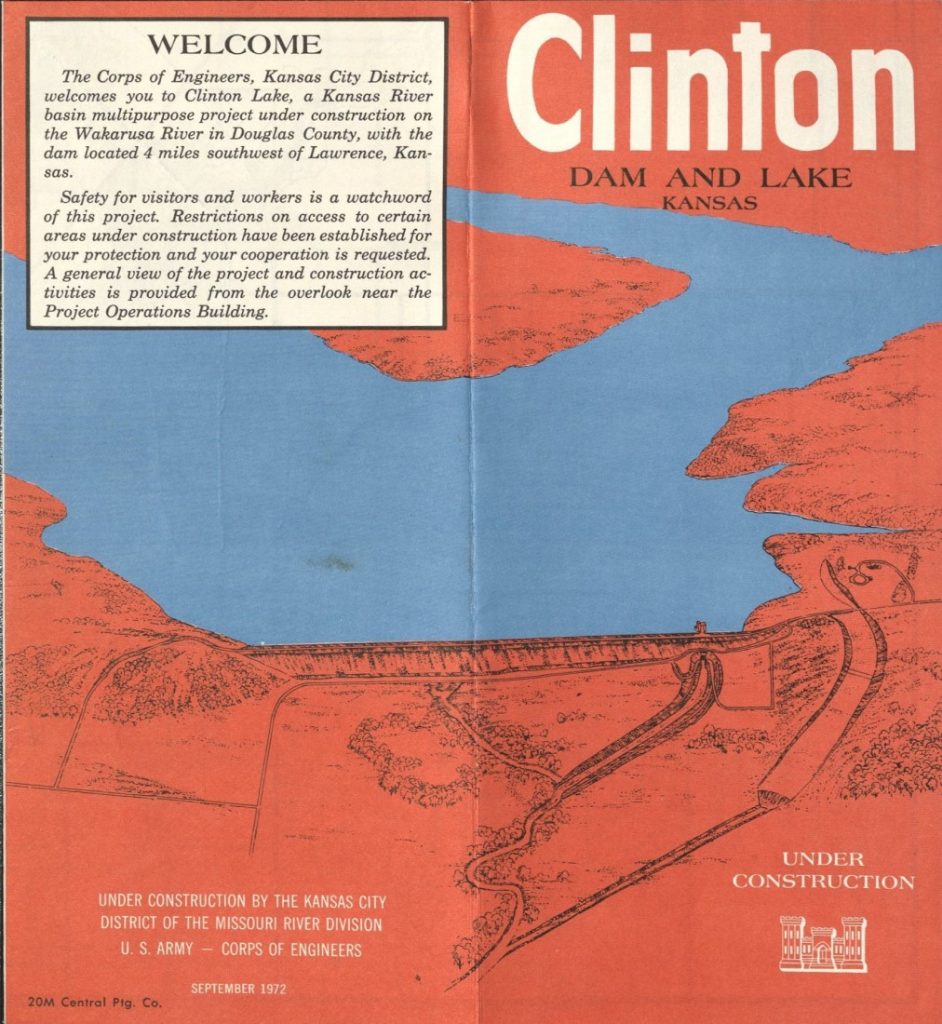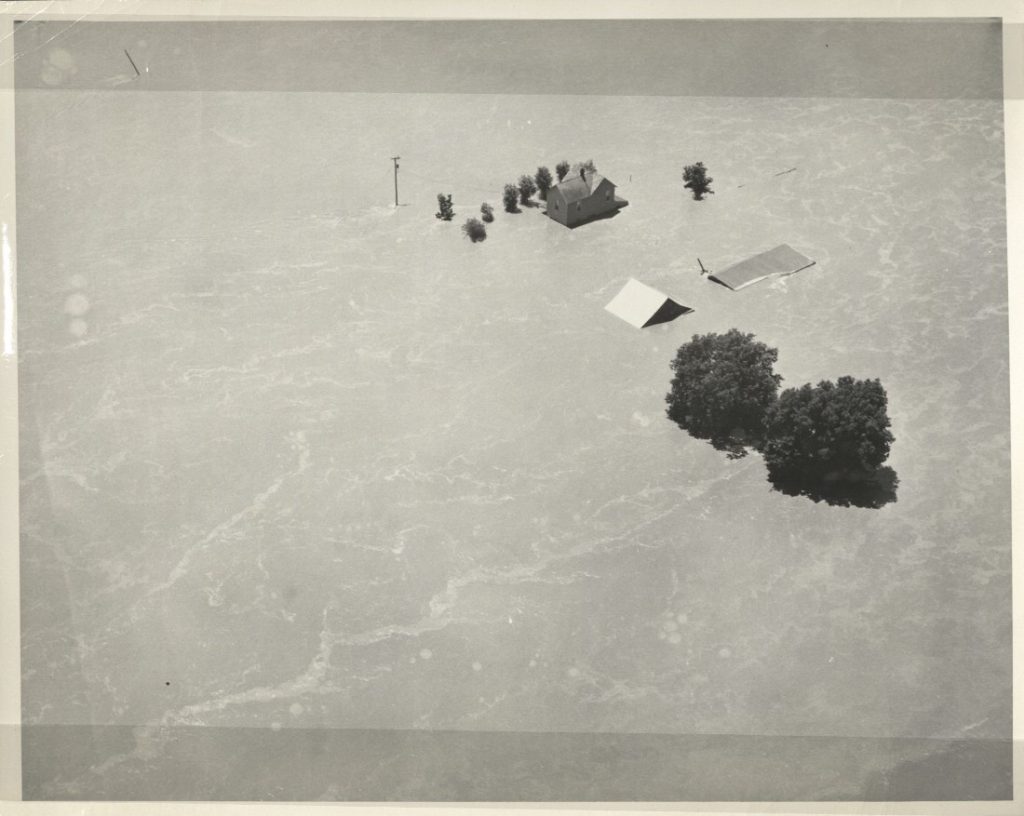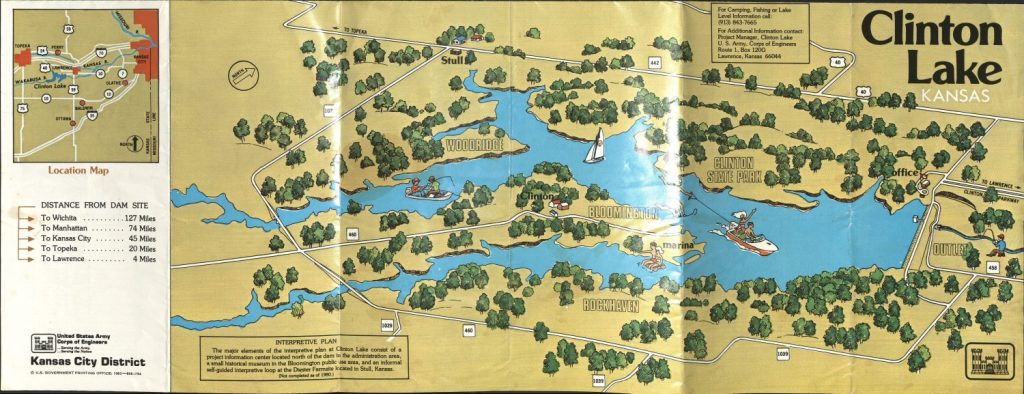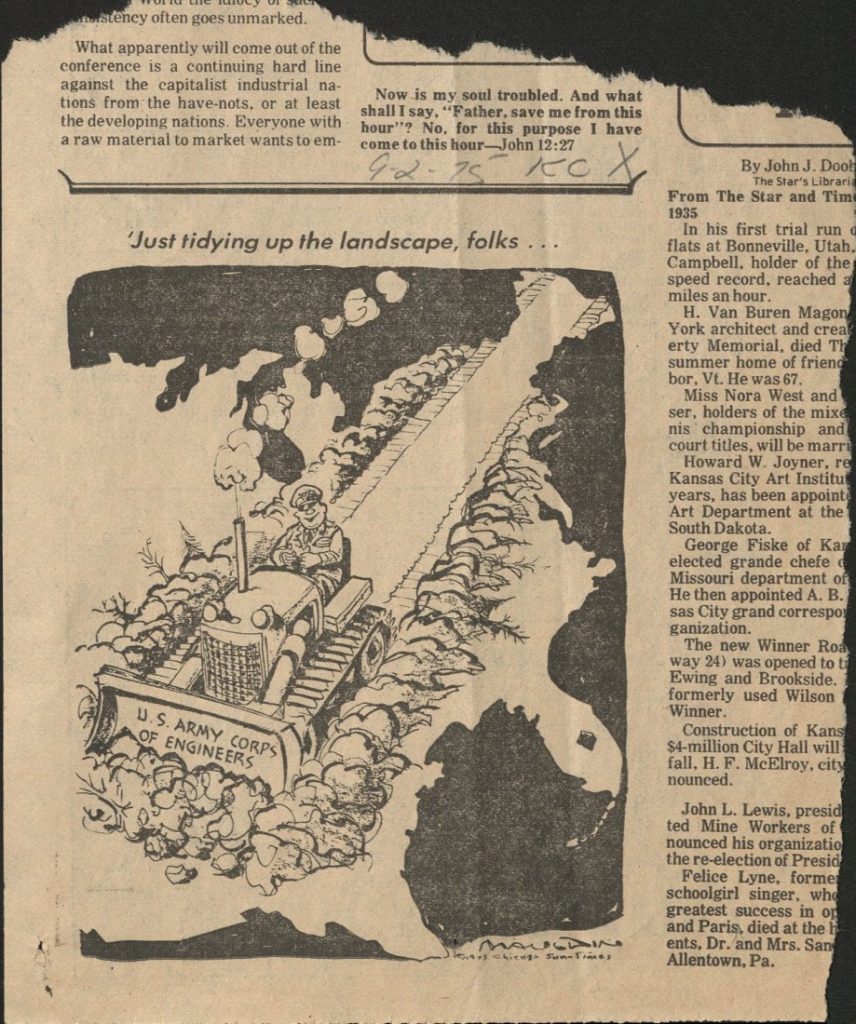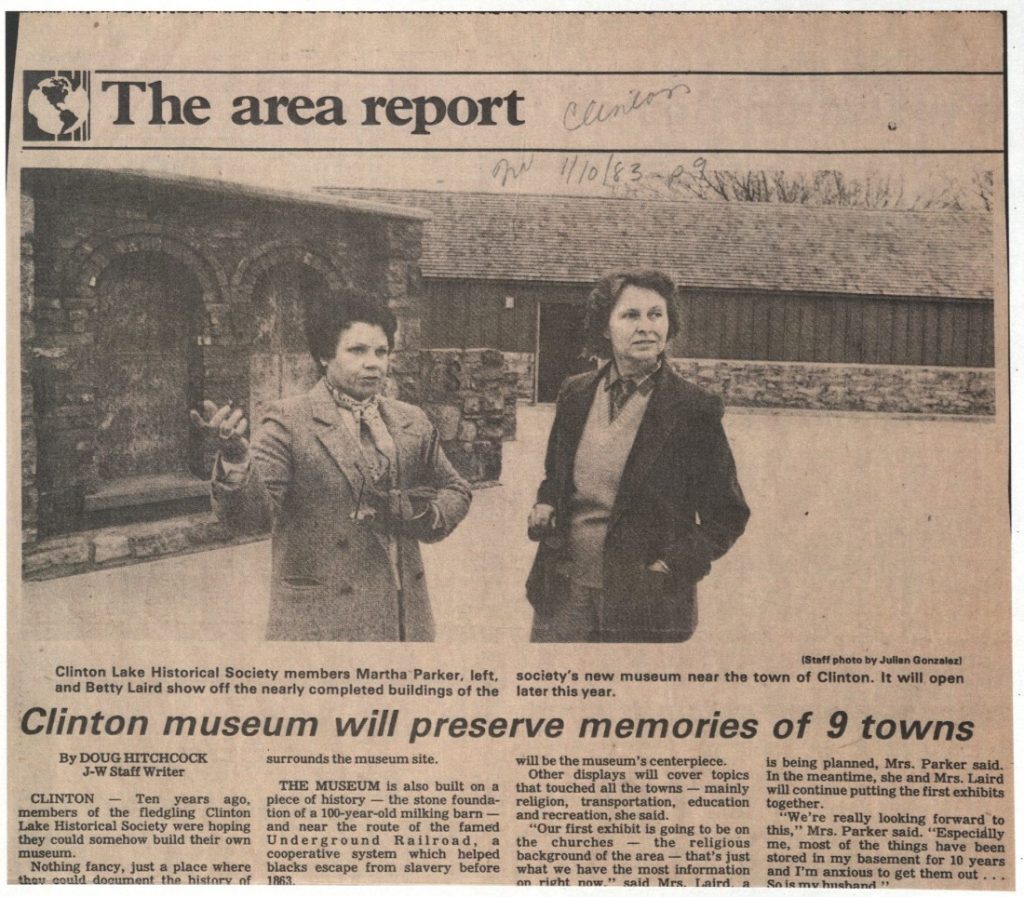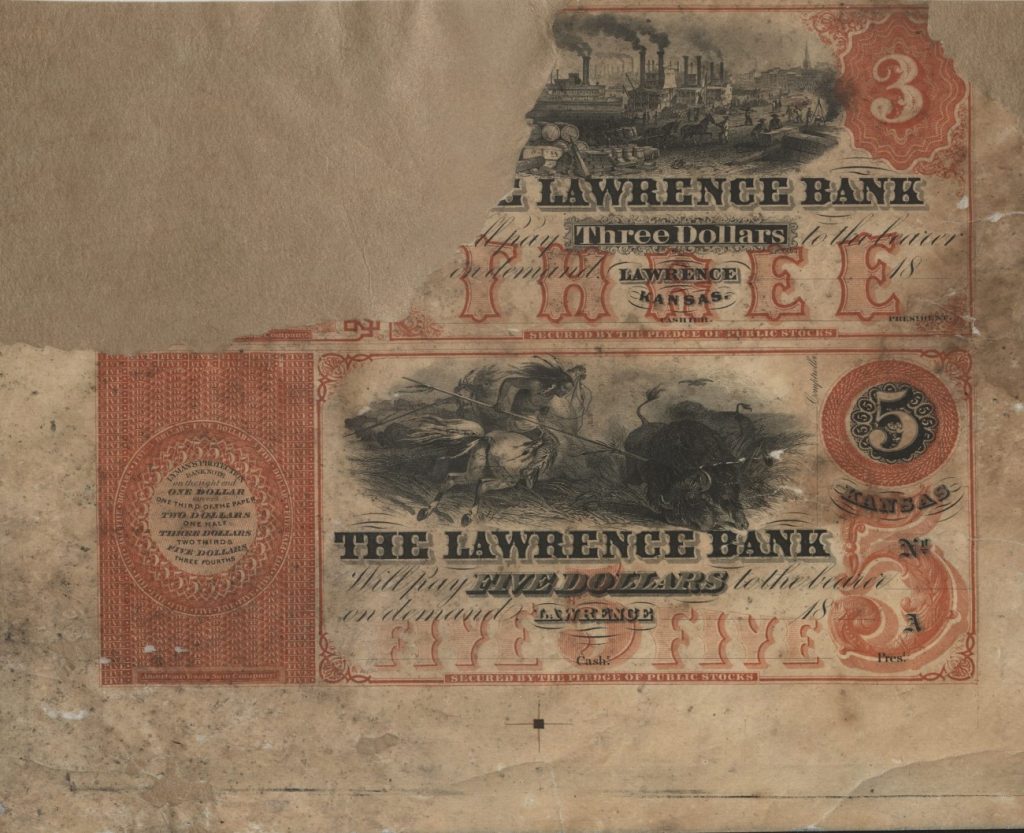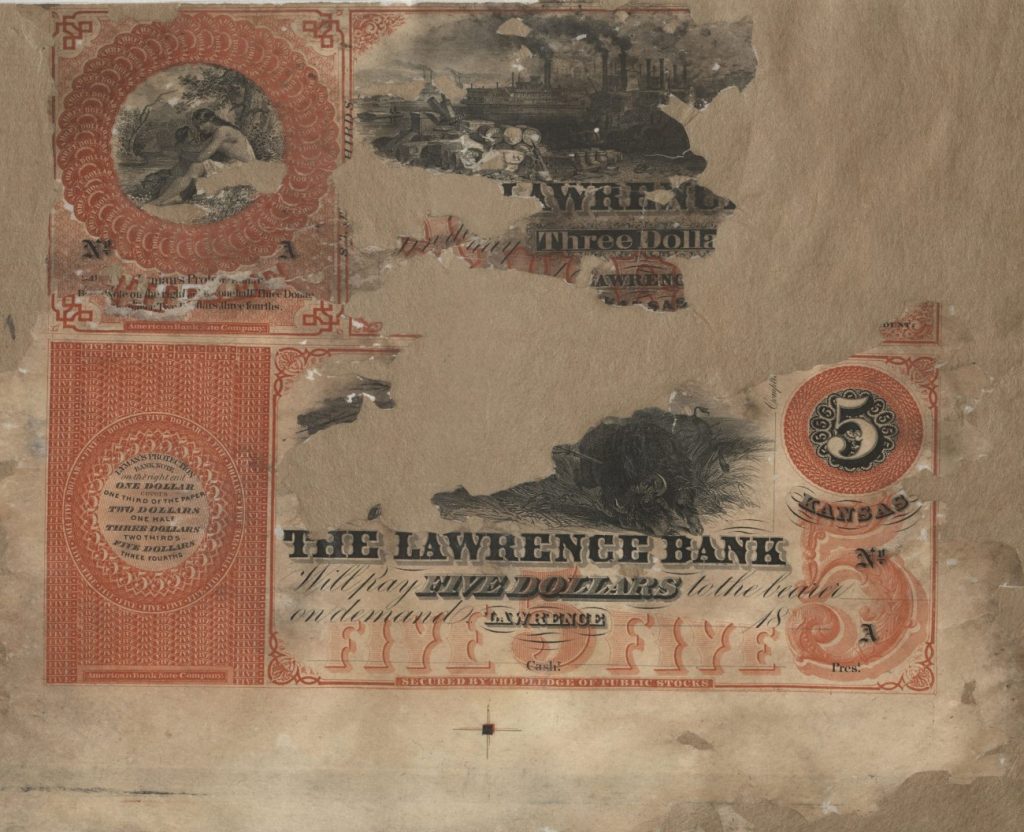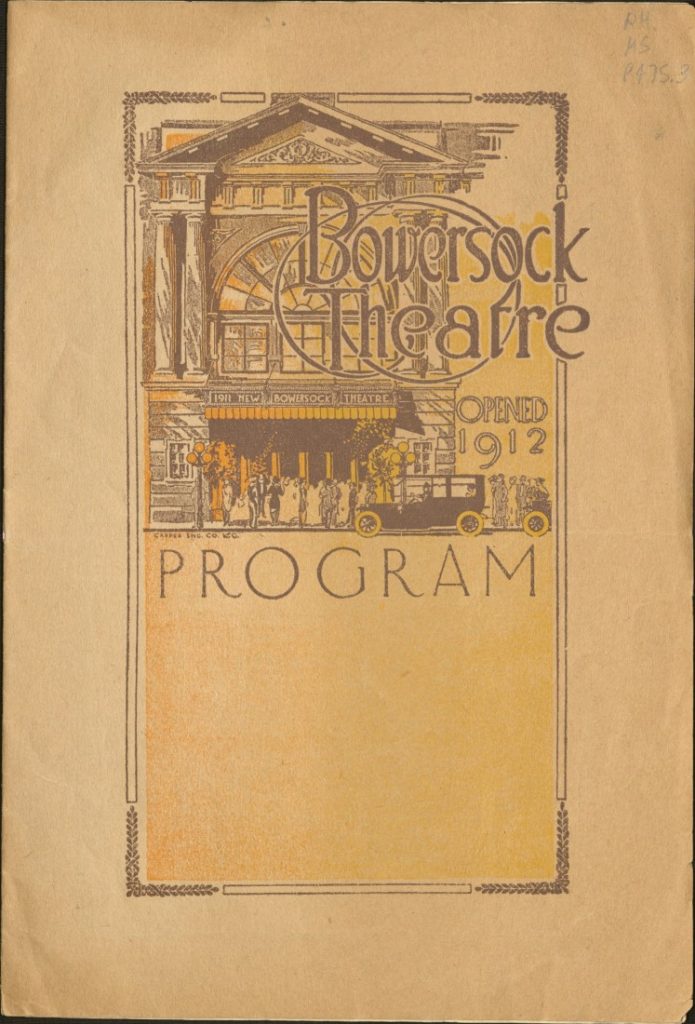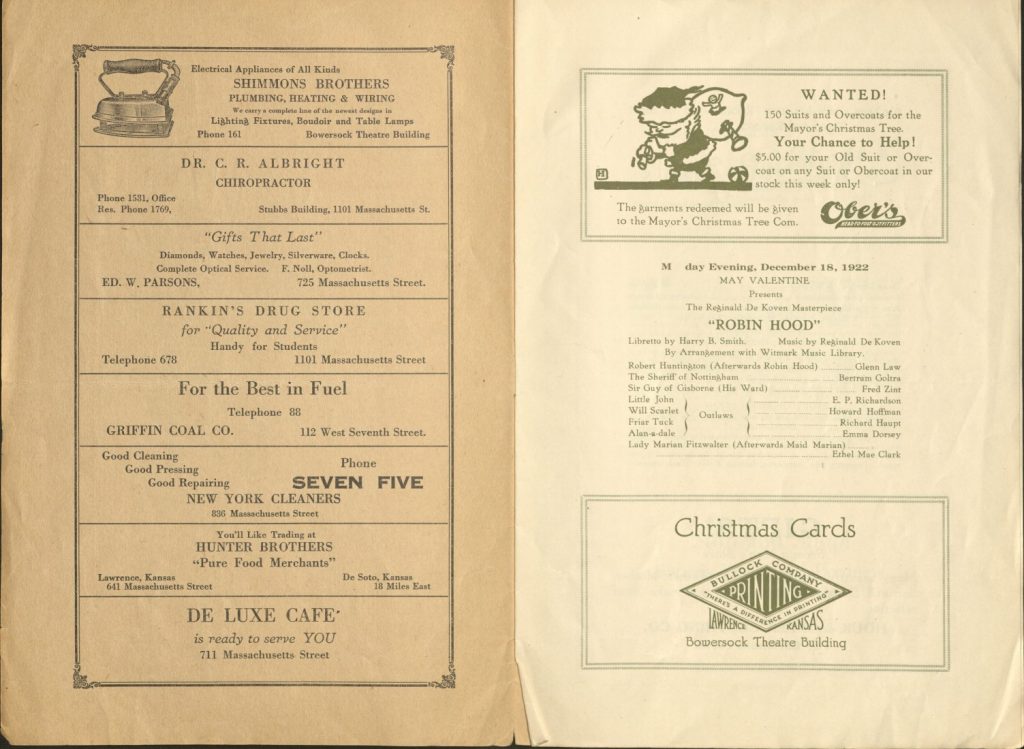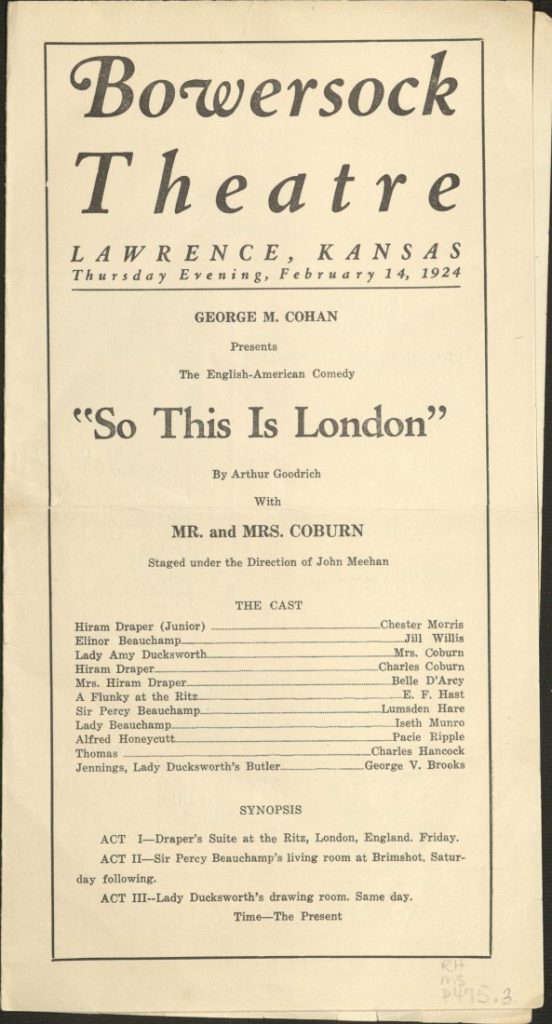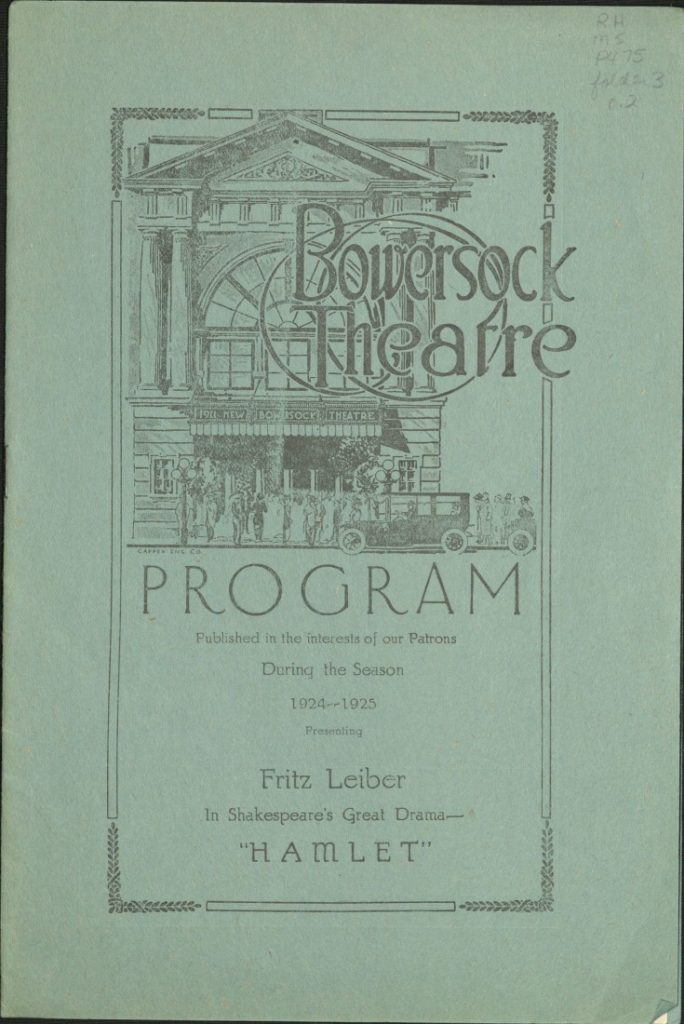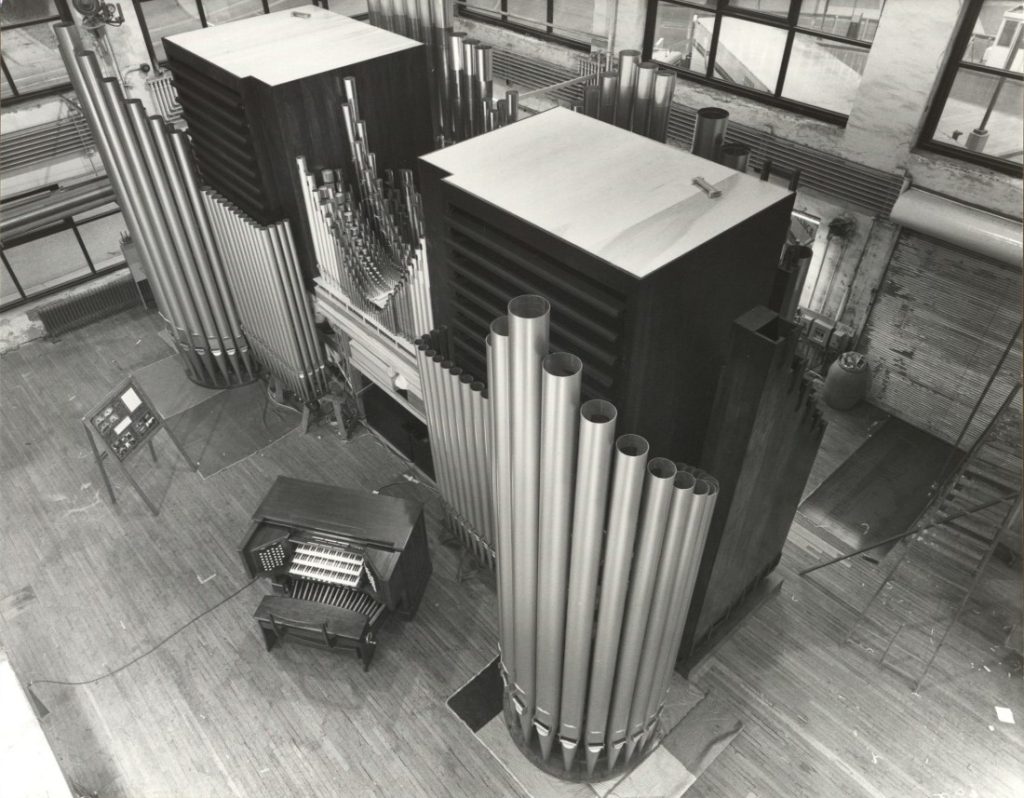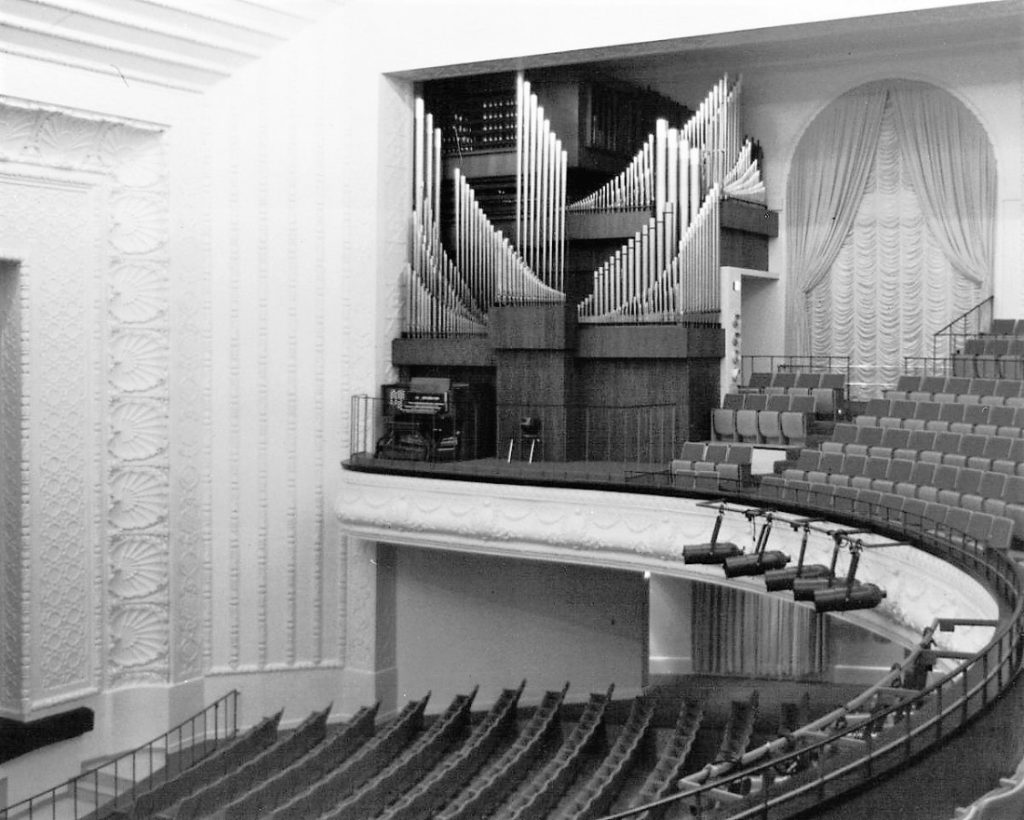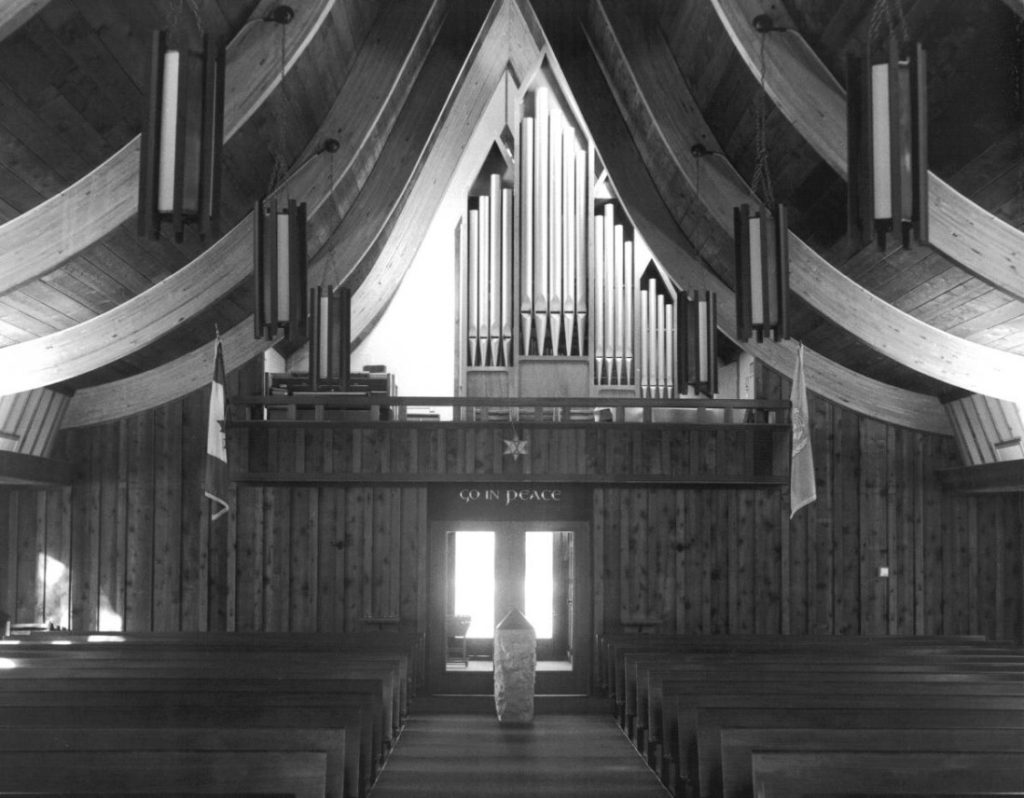Ten Activities to Make Your Galentine’s Day 2024 Historic
February 13th, 2024Happy Galentine’s Day, everyone! Valentine’s Day, while perhaps more well-known and vastly more commercially successful, is not the only holiday in February that deserves some love. And if you ignore Groundhog Day, the Lunar New Year, Super Bowl Sunday, and Mardi Gras, you’ll finally land on one of our favorite holidays of the year: Galentine’s Day! Originally introduced by hit television show Parks and Recreation in 2010, February 13th is a day dedicated to celebrating sisterhoods across all genders and ages. Dozens of you may be wondering how to celebrate this historic day. It can be a lot of pressure to find the time (and money) to spend quality time with friends. There are only so many hours in a day to make your friends feel appreciated, after all!
Fortunately, we here at the Spencer Research Library have combed through our Digital Collections and curated a list of our top ten ideas to help make your Galentine’s Day historic! Gather your closest friends and try out these fun (and inexpensive) activities.
1.) Teach a cooking class together.
Nothing ages finer than friendship, and what “butter” way to show how “fondue” are than to make something delicious to share with one another! Let’s not “mince” words. You “knead” to show how well you “jell” together!
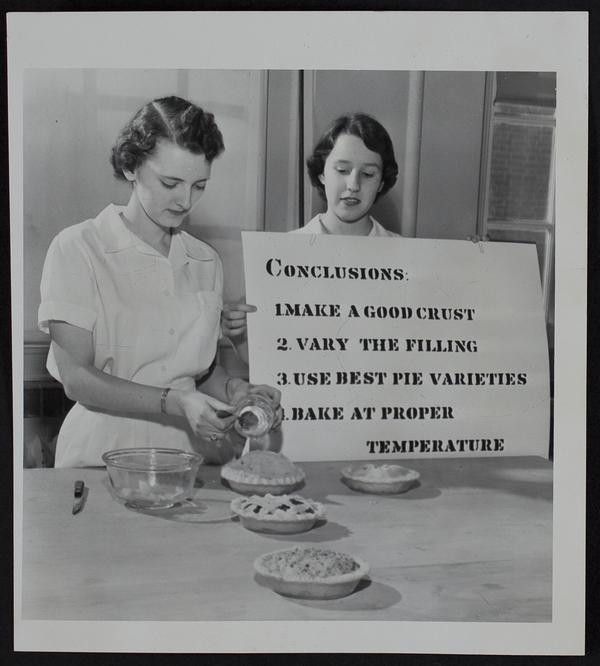
2.) Enjoy the nice weather with an outdoor activity.
With the weather so nice, why don’t you “rope” some of your closest friends into a fun outdoor activity? “Jump” into the spring-like weather and keep your lines from getting crossed because friendship is not something to “skip” out on!
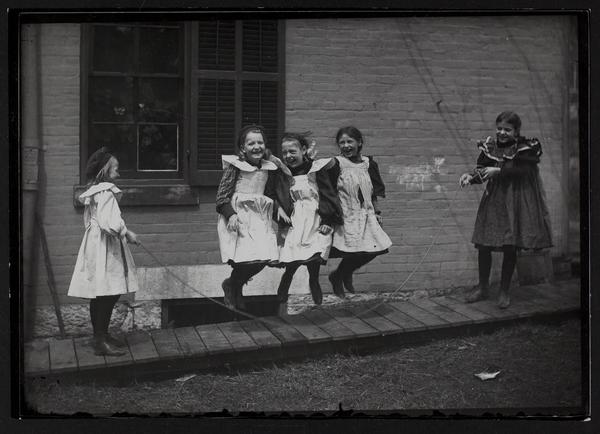
3.) Serenade one another.
Why not express to your friends how much they mean to you through the transcendent power of music? Whether you throw on a classic or compose a new, original tune, dedicating a song to a friend can be the perfect way to keep your friendship harmonious.
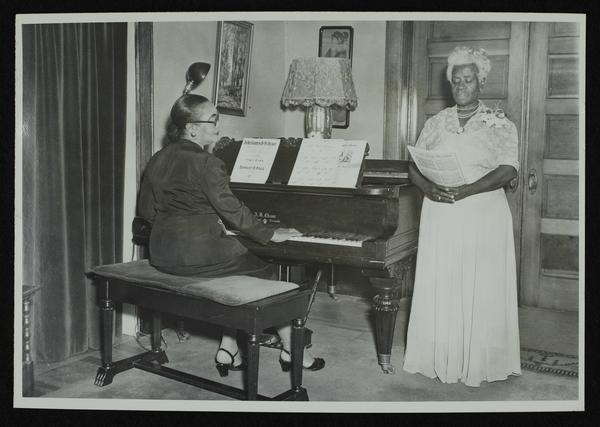
4.) Play a rousing game of cards.
What’s wrong with a little competition every now and again? If you and your besties prefer a quieter night out of the spotlight, a game night can be an excellent way for everyone to be dealt a good hand.
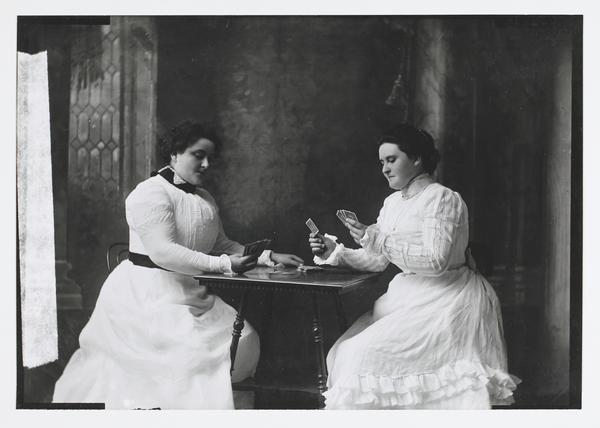
5.) Spill the tea.
With good tea and conversation, you’ve got any get-together in the bag. Everyone could use some time to “steep” into someone else’s business and get that good-natured tea. Remember: sharing tidbits with friends helps you all “blend!”
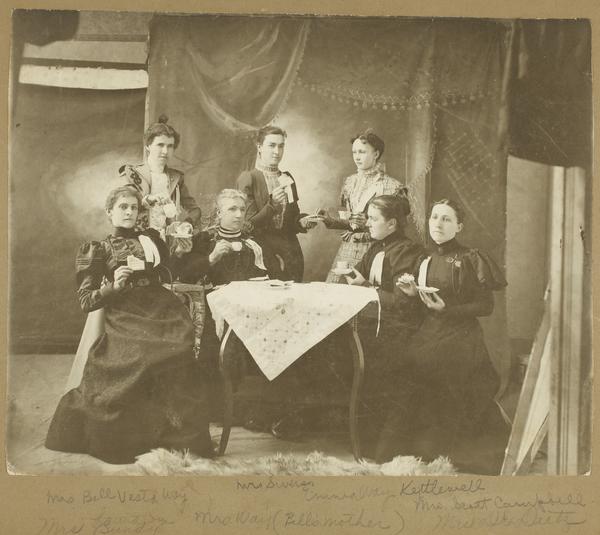
6.) Design new outfits for one another.
When celebrating the ties that bind, gather a group of friends to create a new wardrobe together! Show how at ease you are with one another by knowing all your style quirks and colors. Friendship will never have felt so seamless, and you can count on being anchored for life!
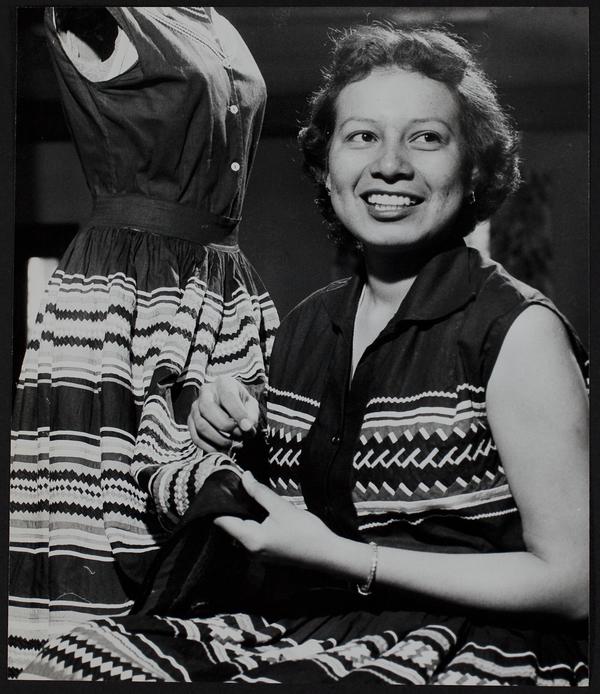
7.) Hold a costume party.
What better way to show how authentic your friendship is than by pretending to be other people? Show new sides of yourself to old friends in a themed extravaganza celebrating famous friendships throughout history!
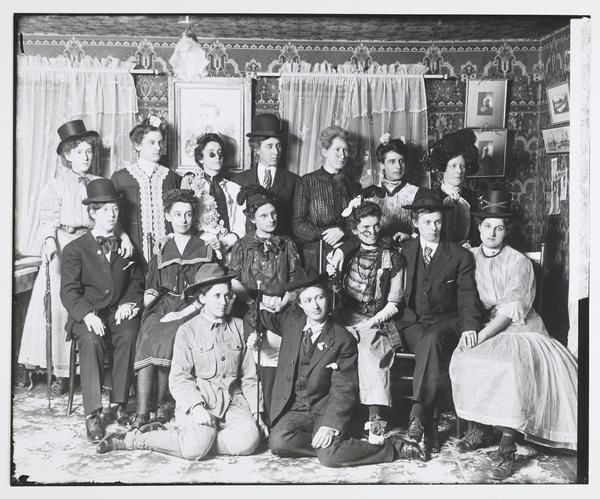
8.) Hold a sports tournament.
Take time out from your day-to-day to place your friendships front and center. It would be foul to leave your friends on the sidelines, so why don’t you call them in to assist you with a sports tournament? Just a little free throw-away idea for you and yours!
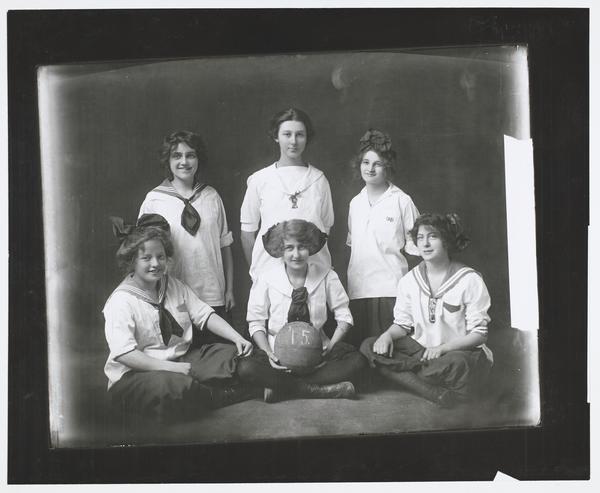
9.) Build a show pyramid.
If you’re looking for signs on how to clasp your friendships tight and provide that foundational base for your squad, cheer up because we have the ultimate friendship activity! Grip your friends tight together and prove to them all that this isn’t some sort of stunt but the real deal!
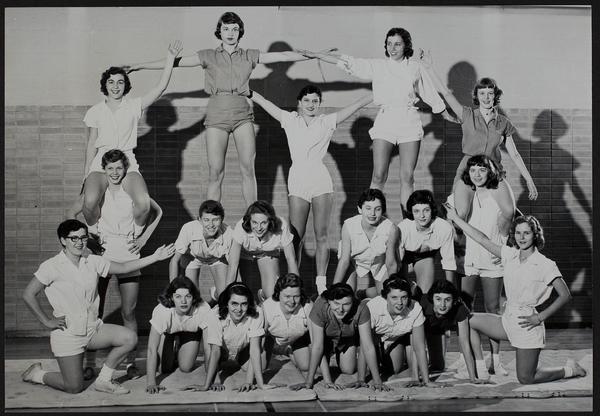
10.) Leave your life behind and take a trip.
If life is making it hard for you and your friends to “coupe,” don’t leave each other in “suspension” and shift your perspective with a trip! You’ll find your spirits starting to lift as you leave that exhaust behind and steer you and your friends into new adventures.
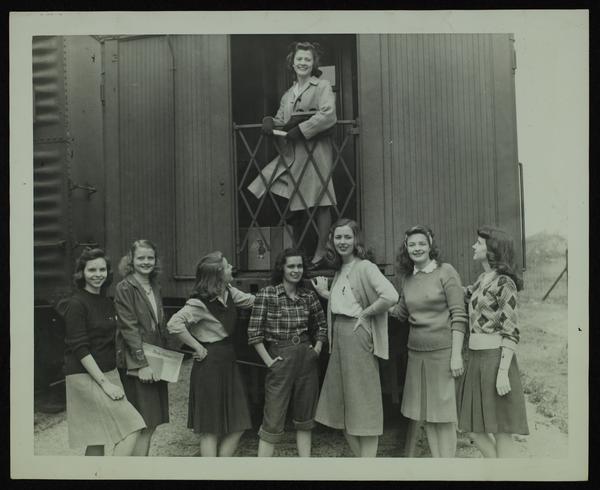
Charissa Pincock
Processing Archivist

